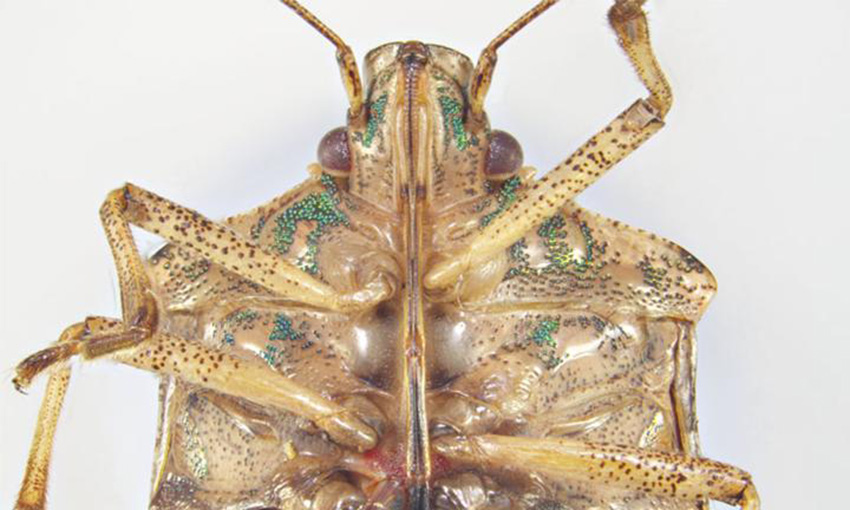IN JULY I attended the IPPC Workshop on Pest Risk Mitigation of Sea Containers and their Cargoes in Brisbane representing ICHCA International.
The three-day workshop was organised by the International Plant Protection Convention (IPPC) in conjunction with the Australian Department of Agriculture, Fisheries and Forestry and was attended by more than 150 delegates from countries around the world, including industry stakeholders and governments represented by their National Plant Protection Officers (NPPOs).
The IPPC was formed in 1951. It is a multilateral treaty situated within the Food and Agriculture Organization of the United Nations. It aims to secure co-ordinated and effective action to prevent and control the introduction and spread of pests of plants and plant products. By doing so, the IPPC helps protect farmers from economically devastating pests and diseases.
This is especially important for countries like Australia where the agricultural industry would be severely affected if pests, such as the brown marmorated stink bug and the khapra beetle, established themselves on our shores. It would result in an estimated $20-billion damage bill to our industry and damage our reputation as a provider of clean agriculture products. Australia is not alone in risking damage to its agriculture industry; many other countries would suffer a similar fate if certain pests established themselves on their shores.
HITCHHIKERS
Insects and soil-borne plant pathogens have been known to travel across the globe in or attached to the exterior of containers, commonly known as hitchhiker pests. There are globally about 20 million containers in circulation – the risk of spreading pests in containers across the globe is enormous.
Cleanliness of containers and cargo has been discussed for years between stakeholders such as the biosecurity departments of countries, NPPOs and industry organisations representing container owners, container manufacturers, shipping lines, freight forwarders, packers, port authorities, marine terminal operators, shippers, importers and exporters.
It is impossible to inspect every container entering a country, as this would negatively affect the container logistics supply chain as well as create occupational health and safety issues. So, the discussion amongst all stakeholders is, what constitutes an acceptable risk and what is the solution?
LOOKING FOR A WAY
A working group within the IPPC has been trying to find a solution which is acceptable to industry as well as the biosecurity organisations in countries trying to protect their agriculture industry. This working group has met several times over the years, with the recent workshop in Brisbane as a follow-up, and is hoping to finalise recommendations for mitigating pests in containers in the future.
There were presentations at the workshop from government agriculture departments from countries such as New Zealand, Canada, the US and Australia. Industry organisations such as the Global Shippers Forum, Freight & Trade Alliance and the World Shipping Council also presented their views.
Several academic institutions and private companies presented research on what could be done to minimise contamination. These presentations and subsequent discussions will inform the IPPC’s Commission on Phytosanitary Measures focus group in its recommendation to a plenary meeting of the IPPC members in 2024.
INITIATIVES
During the workshop several new initiatives were presented that could assist in the early detection of hitchhiker pests, such as:
- eDNA and eRNA technology which detects the presence of certain pests in the container,
- camera systems placed on the quay crane which detects contamination on the outside of the container,
- an app that assists in the detection of pests when packing/unpacking the container, and
- tracking of the container history to determine if it has been transiting recently through pest affected countries on prior voyages.
Most of these initiatives are still in the development stage and will need further evaluation. One of the most promising is a modified container design which minimises the ability of insects, eggs and soil to hide in cracks inside the container or to stick to the underside bearers and side girders of the container through making these smoother and enclosed. Field tests have shown that this new design has the potential to minimise contamination dramatically.
Whilst there are no immediate concrete outcomes from the workshop it is hoped that the information that was presented and collated will assist the IPPC’s Commission on Phytosanitary Measures focus group in forming a workable solution for all parties concerned that minimises the spread of hitchhiker pests in the future but does not impede the smooth flow of goods across the globe.
This article appeared in the September 2023 edition of DCN Magazine





